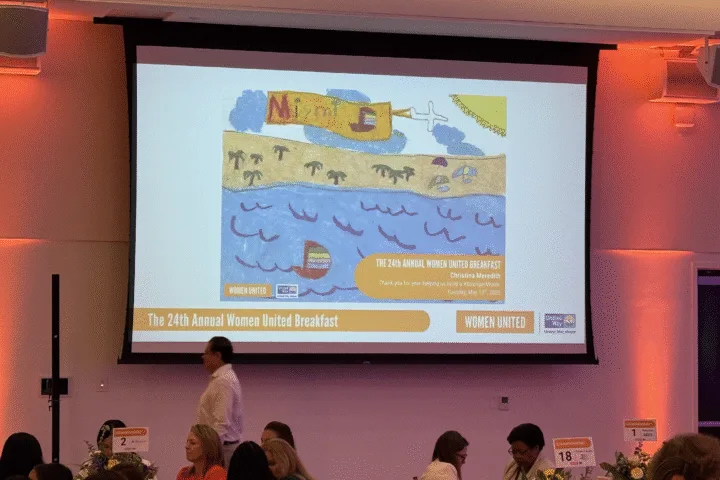We’ve all been there. Life can become a whirlwind between juggling personal, family, and work responsibilities. Sometimes, it’s not just about being tired or stressed; it’s more profound and more persistent. It’s the silent weight of burnout pressing down on us, which we often bear silently. While many of us might casually use the term after a long day or week, burnout has significant scientific and psychological depths. This article is for all the women out there, striving, thriving, and sometimes just surviving. Let’s journey through the maze of burnout, armed with scientific facts and research insights, reminding ourselves that we are not alone.
Burnout, a term commonly used in professional circles, has significant scientific and psychological underpinnings. While once dismissed as just another buzzword for stress, burnout is now recognized as a distinct psychological syndrome with real-world consequences. This article delves deep into scientific facts and research to understand the multifaceted nature of burnout.
1. Definition and Recognition
The World Health Organization (WHO) recognizes burnout as an “occupational phenomenon.” Three dimensions characterize it:
- Emotional exhaustion: Depletion or draining of emotional resources.
- Depersonalization or cynicism: An impersonal response towards colleagues or job responsibilities.
- Reduced personal accomplishment: A perceived decline in competence and productivity.
2. Prevalence
A 2018 Gallup poll found that 23% of employees reported feeling burned out very often or always, while an additional 44% reported feeling burned out sometimes. This suggests that nearly two-thirds of the working population experience some form of burnout.
3. Causes
Various studies have consistently shown certain work-related factors to be associated with burnout. These include:
✿ Thank you for reading!
Subscribe to be our bestie, no spam—just good vibes once a month.
- Excessive workload
- Limited control over job responsibilities
- Insufficient rewards for effort
- Lack of supportive community
- Absence of fairness or clarity in roles
However, personal factors, such as personality traits and coping strategies, can also significantly influence burnout susceptibility.
4. Physiological Impact
Burnout isn’t just a state of mind. Research has shown that prolonged exposure to workplace stressors, leading to burnout, can have physiological repercussions:
- Immune System: A 2017 study published in Frontiers in Psychiatry found that burned-out individuals had altered immune system activity, potentially predisposing them to illnesses.
- Neurological Changes: According to research in the Journal of Neuropsychiatry, chronic stress from burnout can lead to structural and functional changes in certain areas of the brain, particularly regions associated with emotion regulation.
5. Impact on Performance
The impact of burnout on professional performance is profound. Burnout can lead to:
- Reduced productivity
- Increased absenteeism
- Higher turnover rates
- Decreased job satisfaction
6. Remediation Strategies
Efforts to combat burnout have been researched extensively. Some scientifically-backed strategies include:
- Mindfulness and Meditation: A 2016 Journal of Clinical Psychology review found that mindfulness interventions could reduce burnout symptoms.
- Workplace Interventions: Tailoring job demands and resources to the individual, offering professional development opportunities, and fostering a positive work environment can reduce burnout.
- Seeking Social Support: Interacting with a supportive community within and outside the workplace is beneficial.
7. Broader Implications
Burnout extends beyond the individual. With the potential to affect organizational productivity and healthcare systems (due to burnout-related illnesses), it is an issue of societal importance. Recognizing and addressing burnout can improve individual well-being, enhance organizational performance, and broader societal benefits.
A Note to Every Woman Reading This
Burnout isn’t just another buzzword or an overused term. Many of us encounter a real, tangible experience at various junctions of our lives. Our silent battles in boardrooms, homes, and even within ourselves are acknowledged and valid. Balancing the myriad roles we play – from professionals, caregivers, mothers, daughters, and partners to the countless other hats we wear – can sometimes become overwhelming. And while scientific journals and research might offer insights into the “what” and “how” of burnout, only we truly understand the depth of “why” and “when.”
As you leaf through the articles in the Journal of Occupational Health Psychology or sift through studies from organizations like the World Health Organization or Gallup, remember: These studies reflect the collective experiences of millions of women globally. You’re not alone on this journey.
Do more research, but also lean on the community. There’s strength in numbers and unparalleled power in shared experiences. Whether it’s through seeking professional guidance, confiding in a trusted friend, or joining a support group, always remember to prioritize yourself. Because while burnout might be a reality, so is resilience. And every woman, including you, embodies that resilience.
Here’s to recognizing burnout, but more importantly, to acknowledge the undying spirit and strength of women everywhere. Because understanding is the first step to healing; together, we rise above challenges. Always.
Love,
PINAR
Join our e-mail list, and get your She.Work Sticker.
✱ If you liked this article, please share it with a friend who could use inspiration.
If you have a topic in mind or a story to share anonymously or with your name, email us at team@she.work









